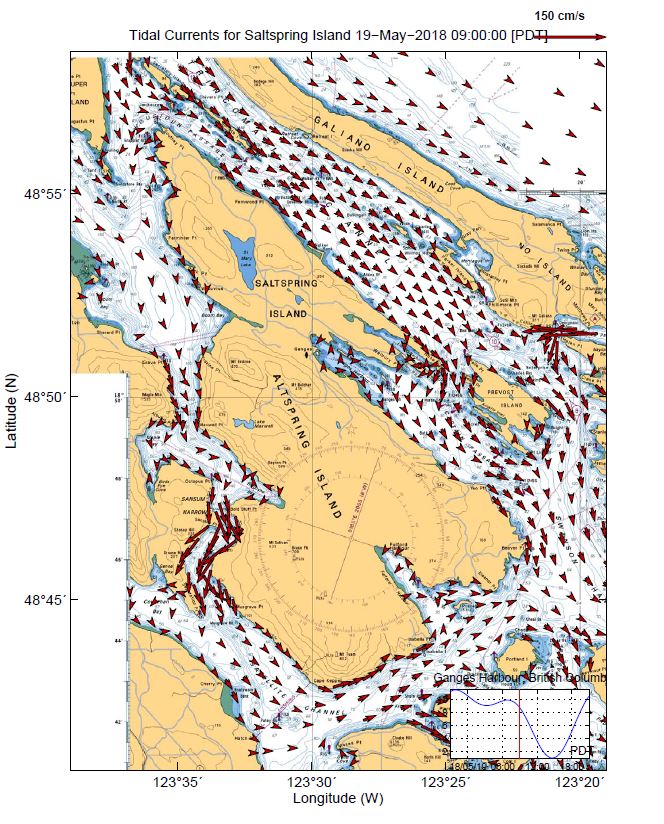
Heat trapped by greenhouse gases in the atmosphere is absorbed by the oceans, causing seawater to expand. The rate over the last quarter century (1.0 ft/century) was about twice as fast. Research conducted at Rutgers University indicates that global sea level rise in the 20th century (about 0.5 ft/century) was the fastest in at least 3,000 years. Even more concerning, the rate of sea level rise is accelerating. Sea level at the Jersey Shore has risen about 18 inches since the early 1900s, more than twice the global mean of about 8 inches. Sea level rise poses a threat to people and property in coastal areas around the world and is especially acute in New Jersey.
#Tidal health my chart how to#
Whether you plan to fish inshore or offshore on your next saltwater trip, use these tips to learn more about how to fish tides and see what a difference they make in the amount of fish you catch. Trolling is a good option when the tidal movement or current might prevent you from properly positioning your baits over structure. If you are deep sea fishing for grouper during a moving tide, you can try trolling a jig with a simple downrigger.Try to position your boat to drift along with current that is created by the moving tide and winds so that you can reel your uptide fishing rigs back with the current or tidal flow. When offshore fishing you will often find pelagic game fish, such as sailfish or dolphinfish, swimming along with the current in search of prey.
#Tidal health my chart full#
Many offshore anglers believe that the periods just before a full moon tend to be the most productive due to stronger tides and currents that result from the increased gravitational pull.

While the current is moving, you will have a good chance at catching fish. The best tides for fishing offshore can be either incoming or outgoing. However, once the tide begins to move, bait fish are swept along with the strong currents, making it easier for game fish to locate and pursue their prey. During periods of slack tide, offshore currents aren't as strong and bait fish are better able to escape from predatory game fish. While tidal changes may not be as obvious when fishing offshore, tidal changes do have an impact on deep sea fishing conditions as well - just keep in mind that weather and wind current can overpower tidal flow when you're out in the blue waters. If you want to try catching redfish on an outgoing tide, cast a live shrimp rigged underneath a bobber or popping cork near the edges of inshore potholes or drop-offs.This tip on tides and fishing will apply whether you are fishing from a boat or from the shoreline. As tide levels in a bay or estuary area recede, focus your techniques on deeper channels, drop-offs, or passes that lead out toward open water.When fishing incoming tidal current, try to cast your baits up into the current, and then let them naturally drift back toward you.

The opportunity for an easy meal draws game fish closer to shore to feed. Rising water will begin to cover shorelines where crustaceans and other forms of prey like to hide.



 0 kommentar(er)
0 kommentar(er)
